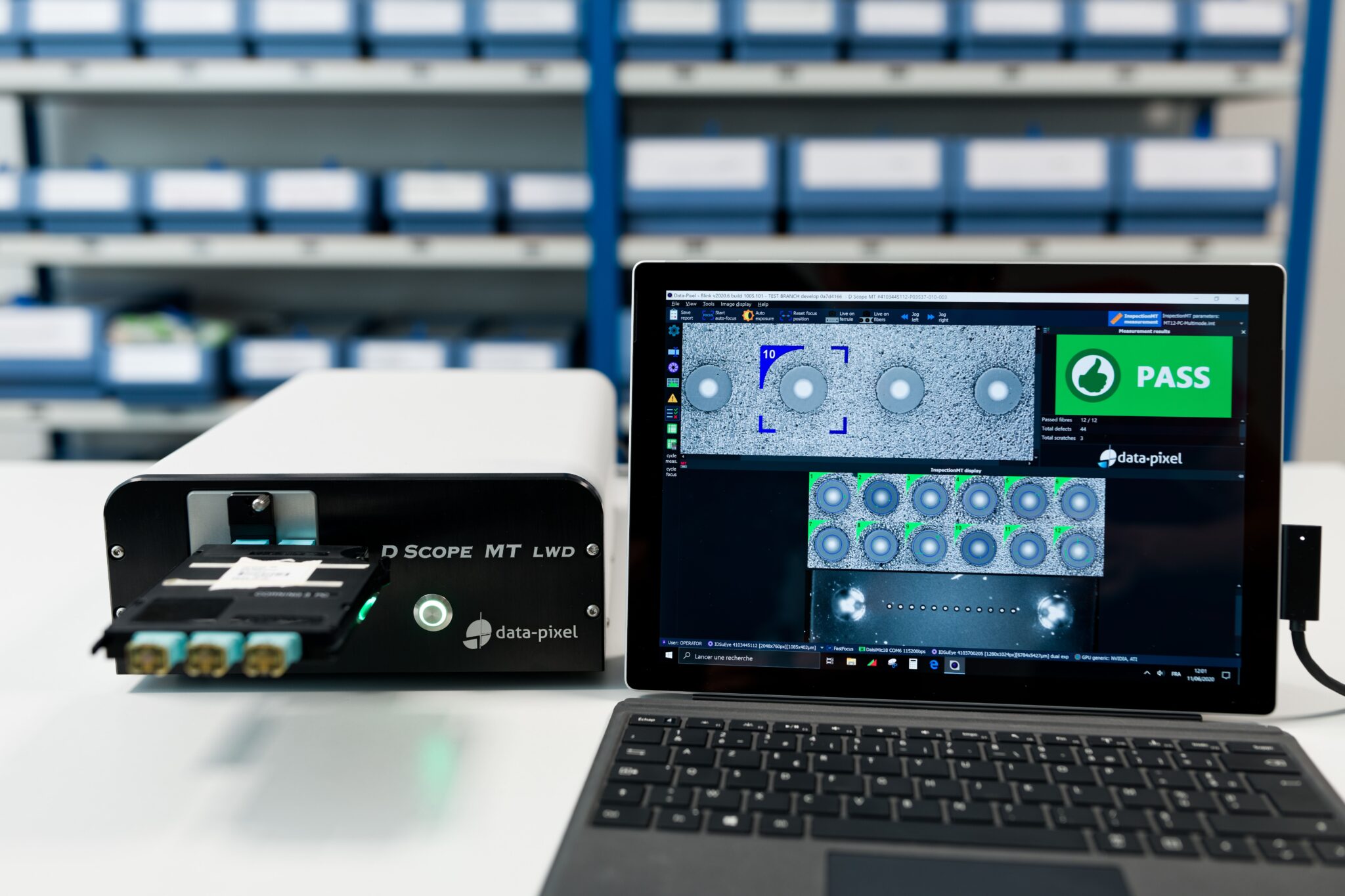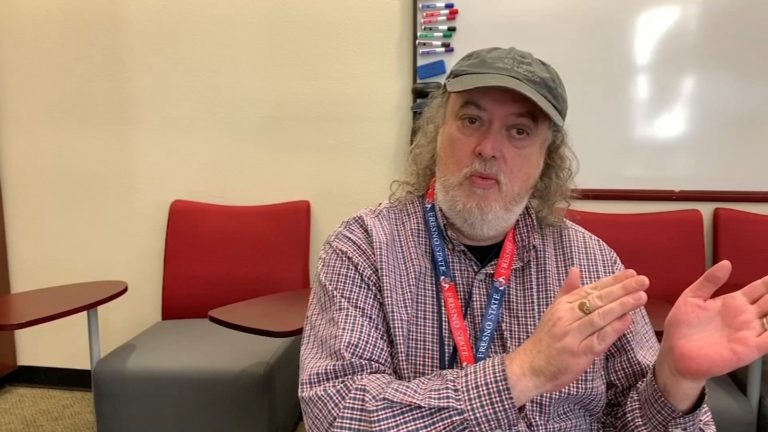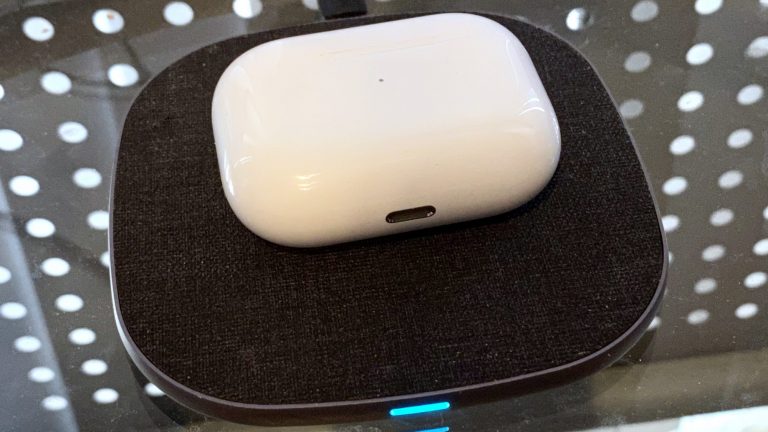A revolutionary method for storing data in colored ink
Harvard researchers invented a method to encode and decode binary information in fluorescent dyes that can be printed in patterns using a simple inkjet printer. A cheap, durable, and tamper-proof storage method that just might solve our hard drive problems.
Optical drives, flash memory, hard disk : there are many media for storing data Said, as opposed to analog, of the representation of data or physical quantities by means of characters – generally numbers – and also systems , devices or methods employing this … numeric . But these storage devices have several drawbacks: limited lifespan (about 20 years), small size, sensitivity to external conditions (Physicists qualify heat as d thermal energy. In the international system, it is therefore measured in joules (J). Heat corresponds more precisely to a transfer rt … heat , water …), input in energy to work and vulnerability to hacking. A team of researchers from Harvard University has invented a revolutionary system for storing digital data (text, images, videos …) thanks to The so-called simple covalent bond … molecules stored in colored ink which is then printed as a pattern. secret message!
Data stored as pixels
The system uses a mixture of seven fluorescent dyes available in the commerce. Each number, letter and pixel therefore corresponds to a point of nuance … pixel of the data that we want to store is encoded in binary form with 1s and 0s, depending on whether a particular dye is absent or present. In writing, the dye molecules are projected by an inkjet printer onto a surface. The exact term is polyepoxide, but it is accepted to speak of epoxy and, by abuse of language, epoxy.
The main families of polyepoxides epoxy containing certain amine groups Note:
1. The reagent does not have to be the reacting species, so in the nitration of benzene, HNO3 is the reactant and the NO2 + cation + the reacting species.
2. The term “reactive” is also used as reagents . Once deposited on the surface, molecules form stable bonds, which locks the information in place. To “read” the data, we use a fluorescent microscope which detects the presence or absence of dye molecules, and can therefore decrypt the binary message (the 0 and 1). The researchers were thus able to store 1.407.542 A data measurement unit in computer science
The byte is a unit of measurement of the amount of data in computer science. It corresponds to 8 bits. The bytes of information on a Botanical
In horticultural ture, support or base on which plants can develop. It can be sediments, mud, rocks … as well as aggregates specific to a basin speed of 469 bits per second. Better yet, they were able to read fluorescent data 1,000 times without significant loss.

“ This method provides access to low cost data storage , says Amit Nagarkar, lead author of the article published in ACS Central Science . It only requires existing commercial technologies – inkjet printing and fluorescence microscopy ”. This dye storage could be particularly useful for sensitive information (since it is tamper-proof), such as financial and legal records, or where long-term storage is critical, such as satellite data. In addition, the technique does not require any energy once the data is recorded, and is not sensitive to water like one invented in 1928 by Fritz Pfleumer
Using magnetic tape for audio
Invented by Fritz Pfleumer in 1928, the magnetic tape for example.
Store digital data on molecules
In 2016, CNRS researchers had already succeeded in store data in artificial polymers , representing 0’s and 1’s. But the process is much more laborious, because it is necessary to synthesize the released Molecules monomers and printing is very slow. In 2019, another team from Harvard University managed to store digital data on small organic molecules (a set of 12 oligopeptides). The latter relied on the mass of each molecule to encode and decode information. The new dye-based method is faster to implement in reading than any other method, argues Amit Nagarkar’s team.
The explosion of volume of data in the world
In 2010, the world had only two zettabytes of digital data, or the equivalent of two billion terabytes. We are now at over 47 zettabytes and, according to Statista , the volume of data will reach 2,142 zettabytes in 2035. However, the data centers used to store this data are already a real energy sink : it is estimated that they consume around 205 TWh per year , or around 1% of global electricity consumption. “ Alternative data storage methods like the dye-based one will therefore gain more and more importance in the 21st century”, concludes Amit Nagarkar.







